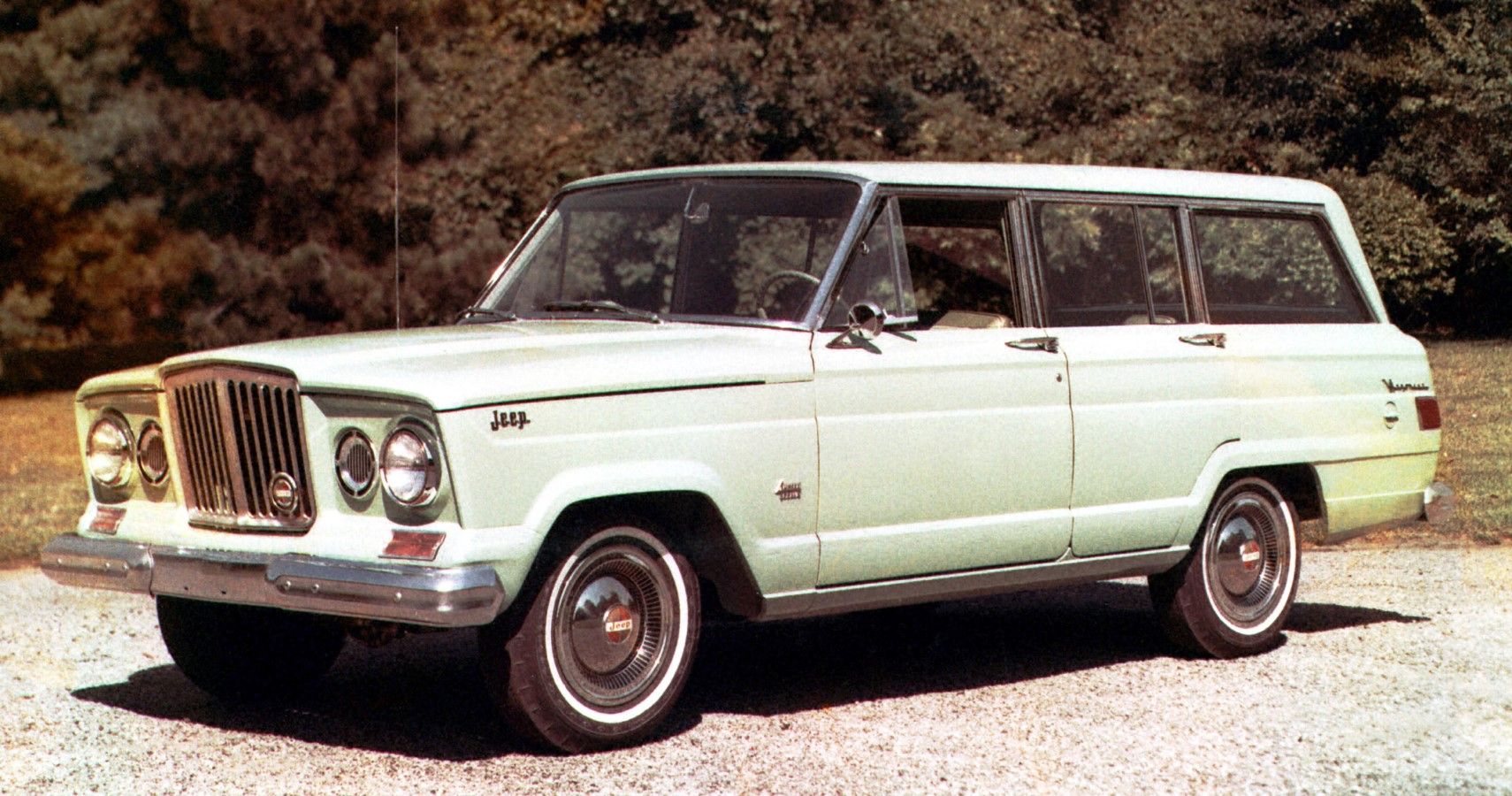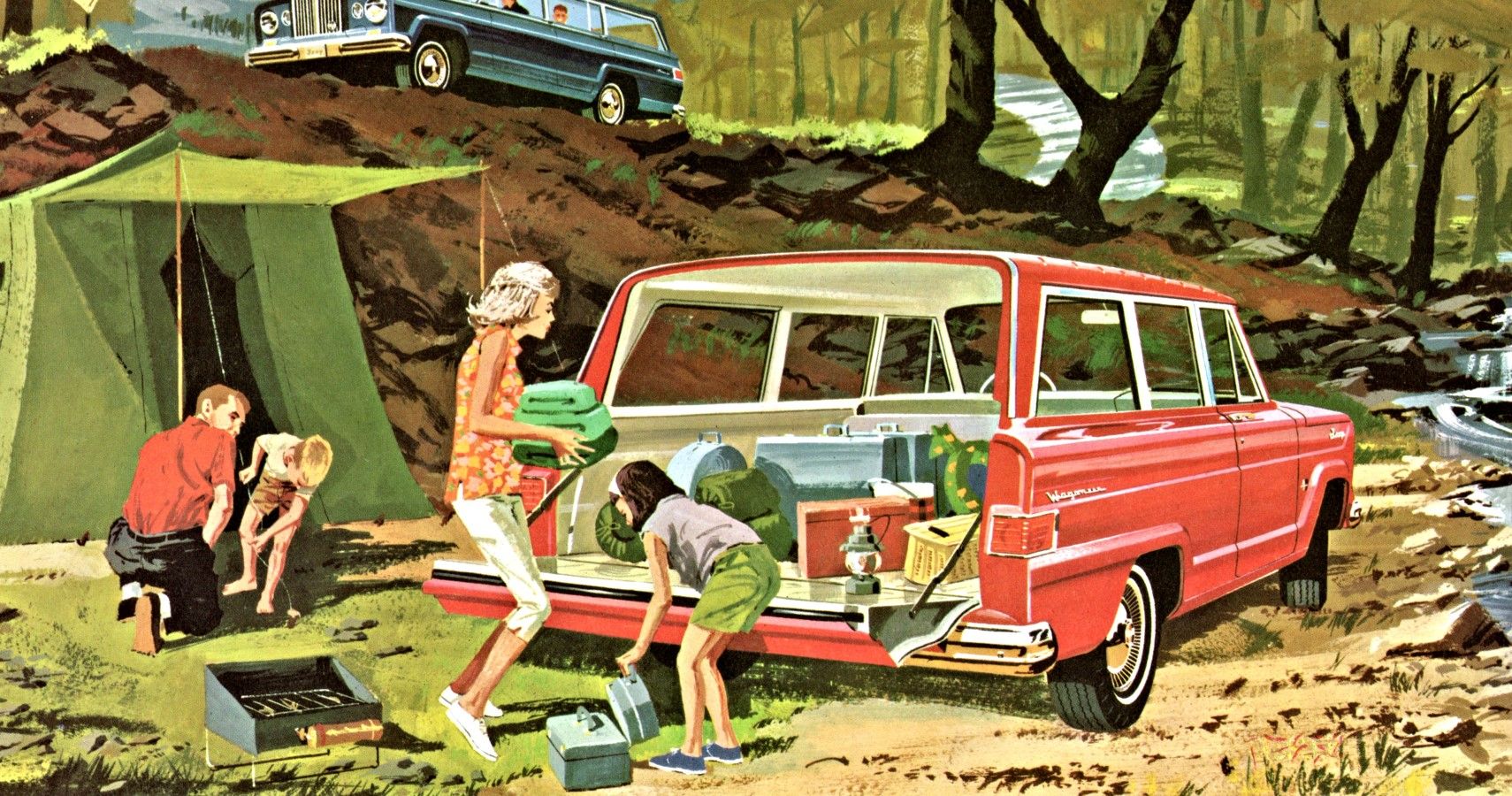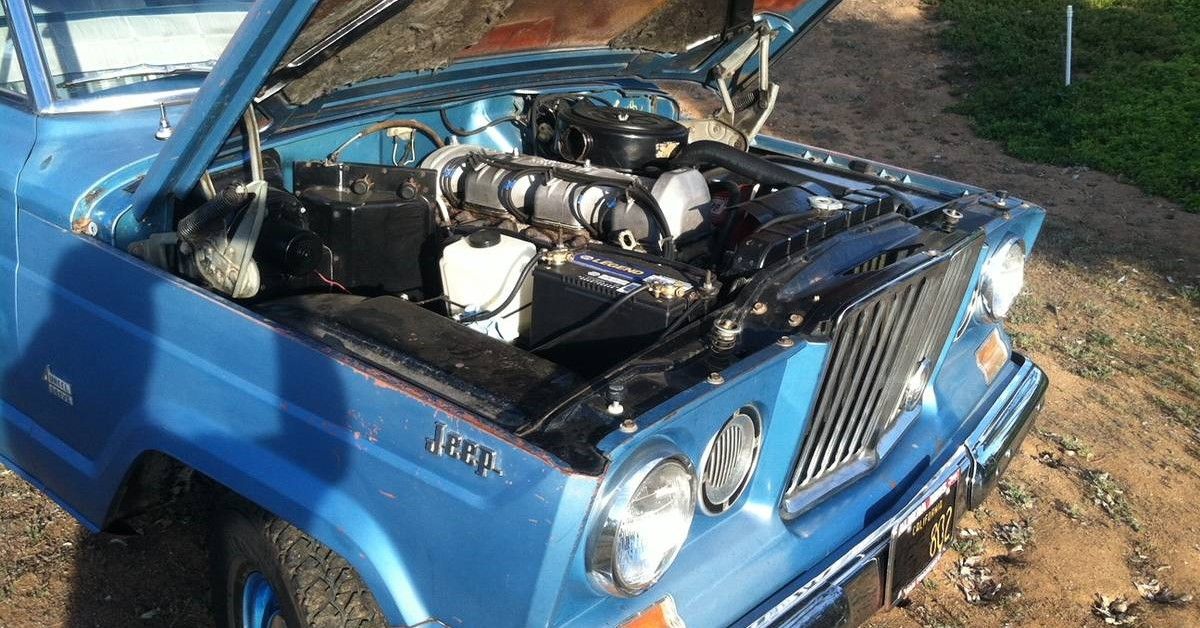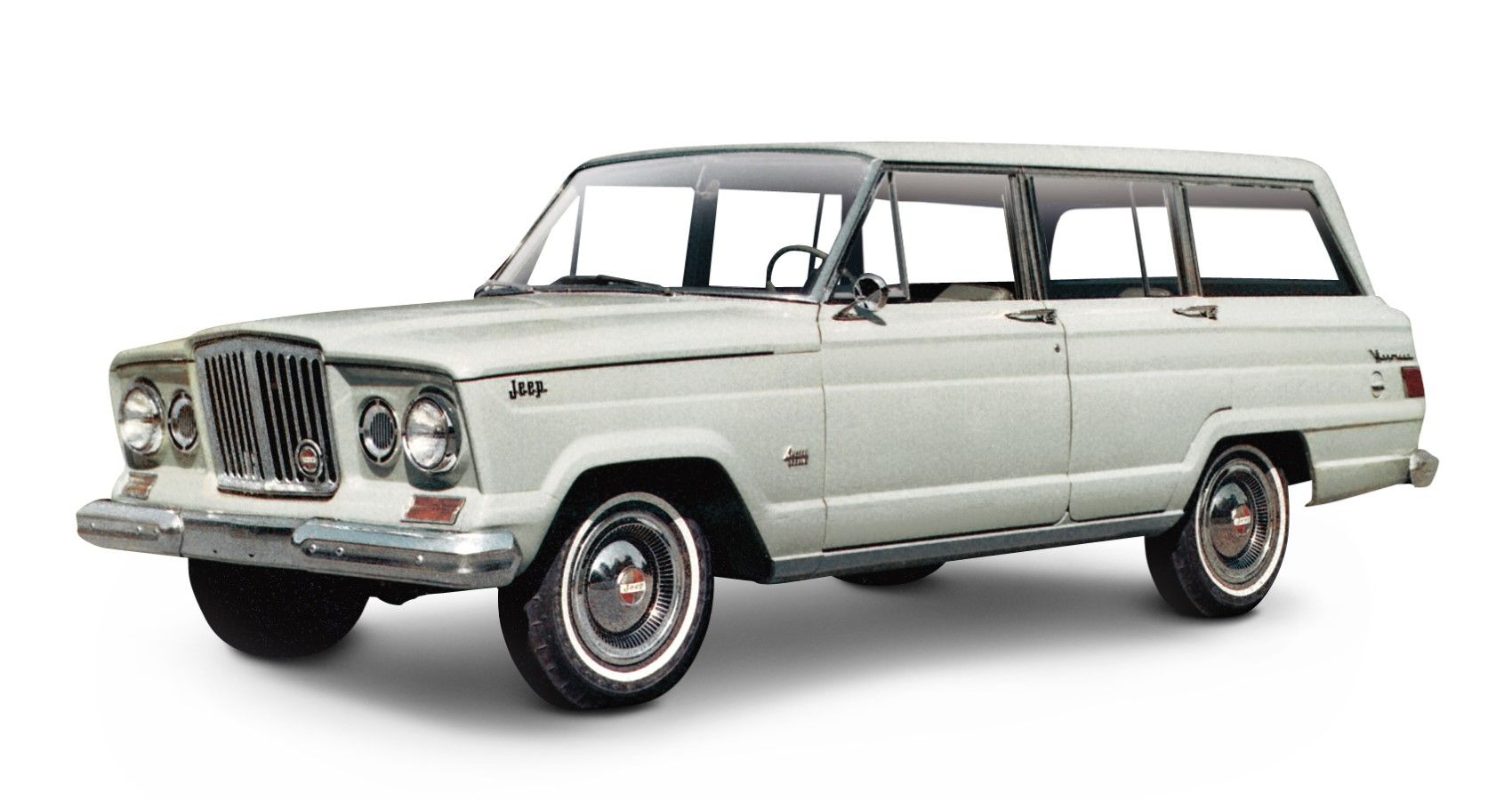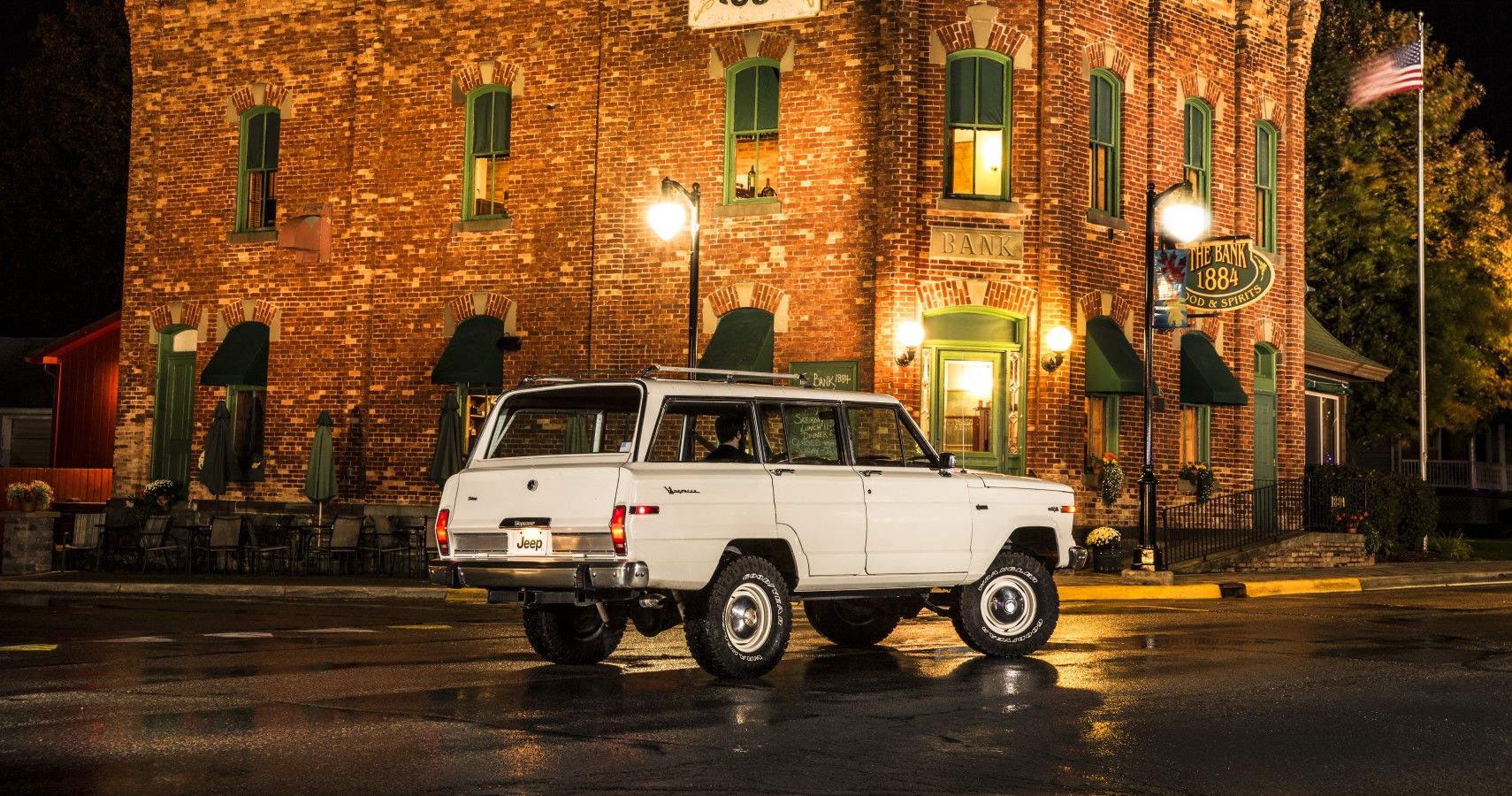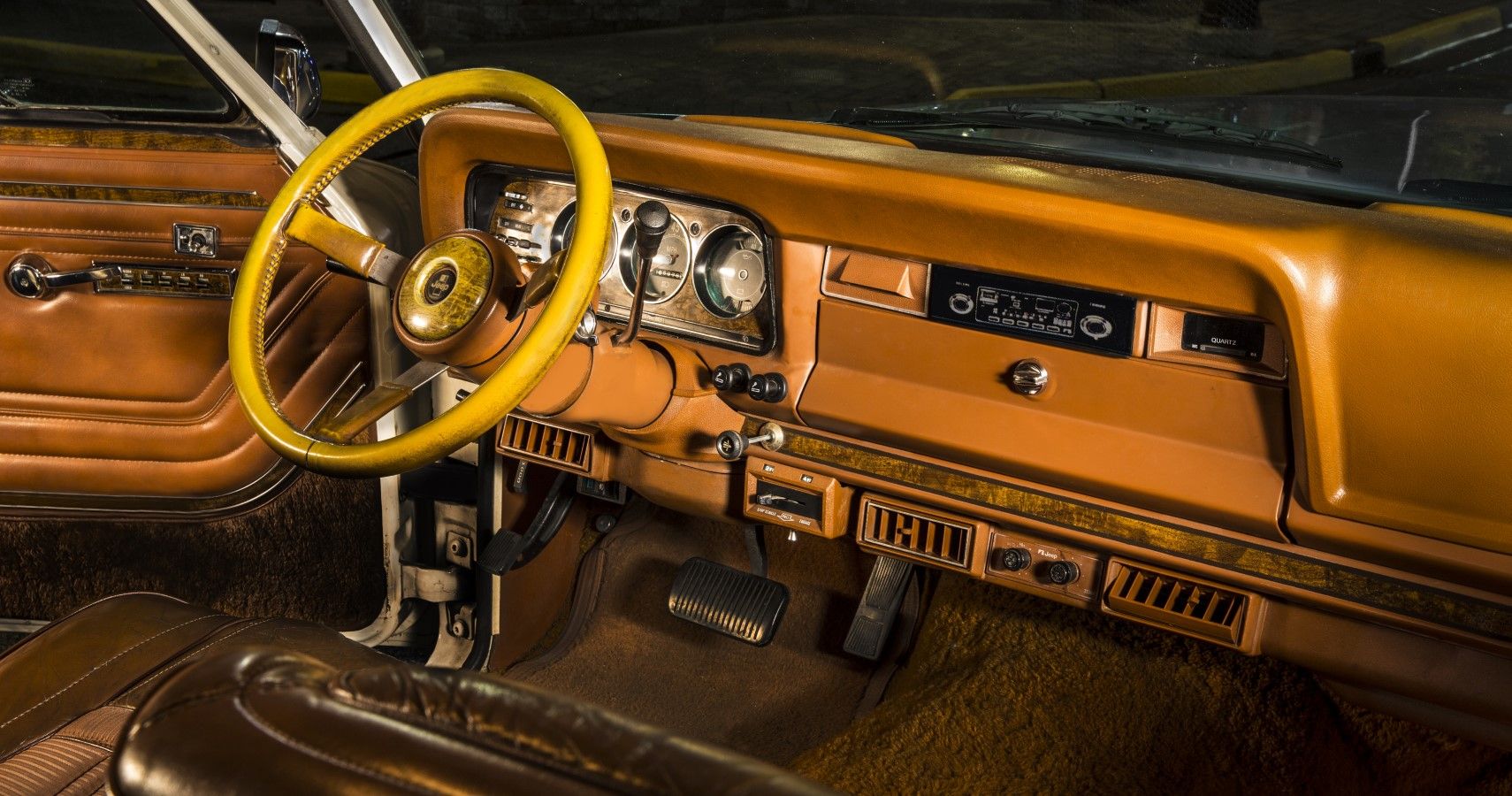We generally associate luxurious off-roading with Land Rovers. The British automaker surely has a rich history to back the tag. Now, with the advent of crossovers and SUVs, we have many players in the luxury-driven SUV space like the Bentley Bentayga, Rolls-Royce Cullinan, and dare we say the Lamborghini Urus.
But amidst all this buzz, we forget that the genesis of luxury off-roading; and the birth of SUVs, in general, happened right here in America. We are talking of the 1963 Jeep Wagoneer. A vehicle so ahead of its time, that Jeep had to tone it down eventually, to help the public grasp on their vision. The '63 Wagoneer packed the first-of-many features, including independent suspension and automatic transmission.
With the comfort of a car, the capability of an off-roader, and the spirit of an adventurer; the 1963 Jeep Wagoneer is the reason why we have luxury SUVs today.
Jeep Wagoneer Was Born With The Need Of Practical Luxury For Families
The early 1960s had a bunch of 4WD cars for family use. But none provided the comfort and coziness that a family needed. The likes of Dodge Power Wagon Town Wagon, Chevrolet Suburban, and International Harvester Travelall were all capable off-roaders but terrible family cars. Middle-class American families during the late 1950s and early 1960s were craving for off-road adventures, but weren't getting the vessel to fulfill it in.
But everything changed with the launch of the Jeep Wagoneer in 1963. This was a pick-up truck-based station wagon that packed all the comforts of a passenger car. This was unheard of during the period, and Jeep turned a lot of eyeballs it's way. The 1963 Jeep Wagoneer was way ahead of its time, and the vehicle that started the luxury SUV segment.
Packed A Humble 3.8-Liter Six-Cylinder Engine That Was Ahead Of Its Time
The 1963 Jeep Wagoneer came with a single-engine option. It packed the then-new Jeep Tornado 232 Cu. in. (3.8 Liter) Straight-six motor. Performance was lousy with 140 hp, and the 210 lb-ft of torque wasn't anywhere close to its pictured brawn. But this engine was ahead of its time, as it was the first and only single overhead cam engine (OHC) produced in America at the time. This engine eventually got a name for being reliable, and high on both performance and efficiency.
Because of its added resistance, the '63 Wagoneer needed an oil change only at 6,000-mile intervals and a major lubrication overhaul at 30,000 miles. This was unheard of for any 4X4 vehicles or SUVs of the time. The first Wagoneer came in RWD and 4WD configurations. Gearbox options included a three-speed automatic, a three-speed manual, and even a three-speed manual overdrive.
1963 Wagoneer Packs The First Of Many Features In A 4X4 Vehicle
The 1963 Wagoneer was a gamble that paid off for Jeep. It had a lot of innovations and was the first-mover in terms of many features. This comfortable family off-roader was so ahead of its time, that many SUVs even today, use this icon as the blueprint during its development! Wagoneer was the first 4WD vehicle to come with a three-speed automatic transmission.
The RWD models made Wagoneer the first 4WD vehicle with an independent front suspension option (which was $160 at the time). In this case, the rear axle used leaf springs, but the front came with protected torsion bars and enclosed axle shafts. This meant that the front had two swing axles and could independently move over terrains.
No other automaker could come up with such a system for decades to come. Also, the '63 Wagoneer used a married transfer case that helped keep the drivetrain shorter, which helped lower the ride height. This helped a lot in the ingress and egress of passengers. The 4X4 models had a more common layout, with leaf springs at both ends (the rear used variable-rate springs).
So Timeless A Design That It Lasted 28 Years
The 1963 Wagoneer was a very flexible machine. It was offered in both a two-door and four-door model and looked rather subdued as compared to its "raw" competitors. This iconic and immortal design was penned by industrial designer Brooks Stevens. He was also behind the Willys Station Wagon's design.
But the Wagoneer was different, since it was the first Jeep that didn't have any design connections with the flat fender post-war models of the time. The Wagoneer had a bulbous form factor with the front fenders integrated into the body, acres of glass, and an upright grille (distinctive and offered for a few years only).
Apart from being offered as two- and four-door iterations, the Wagoneer was also offered as a panel wagon. And it was impressive to see a completely new machine, despite it using the same underpinnings as the Jeep Gladiator pickup truck. The 1963 Jeep Wagoneer had a design language that lasted over 28 years, and we can still see its inspiration in the 2022 Jeep Wagoneer and Grand Wagoneer.
This Luxury 4X4 Based On A Pick-Up Remains A Status Symbol
Jeep gave the world something very sophisticated and beautiful with the Wagoneer. Before this SUV came forth, no one knew that an off-roader could be as cozy as a passenger vehicle. The interior was luxurious and comfortable, with many upscale pieces of equipment that were rare for the time. The '63 Wagoneer was offered with a variety of interior fabrics and nine vibrant exterior colors.
The classic wood-rim steering and vinyl-wrapped roofline added another layer of lux-appeal during the time. Eventually, air-conditioning, seatbelts for both rows, and padded sun visors were offered. During the 60s, Cadillac was the go-to status symbol among automobiles. But the '63 Wagoneer was the start of a new one. This is the vehicle that started the SUV culture in America. This is how off-roaders became a status symbol.
Sources: Allpar.com, Motortrend.com, Hagerty.com, Autoweek.com, Popularmechanics.com, Cars.usnews.com

